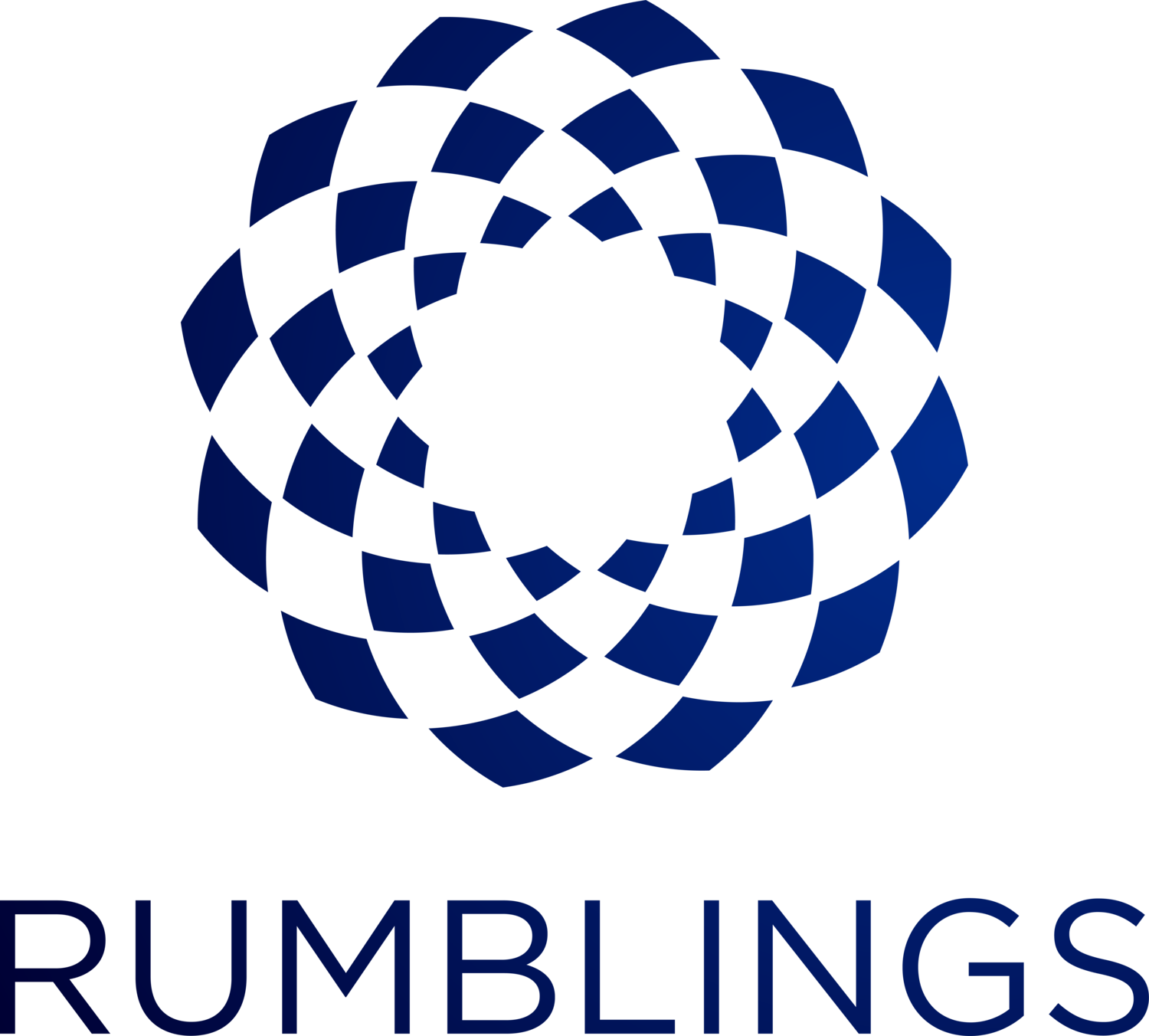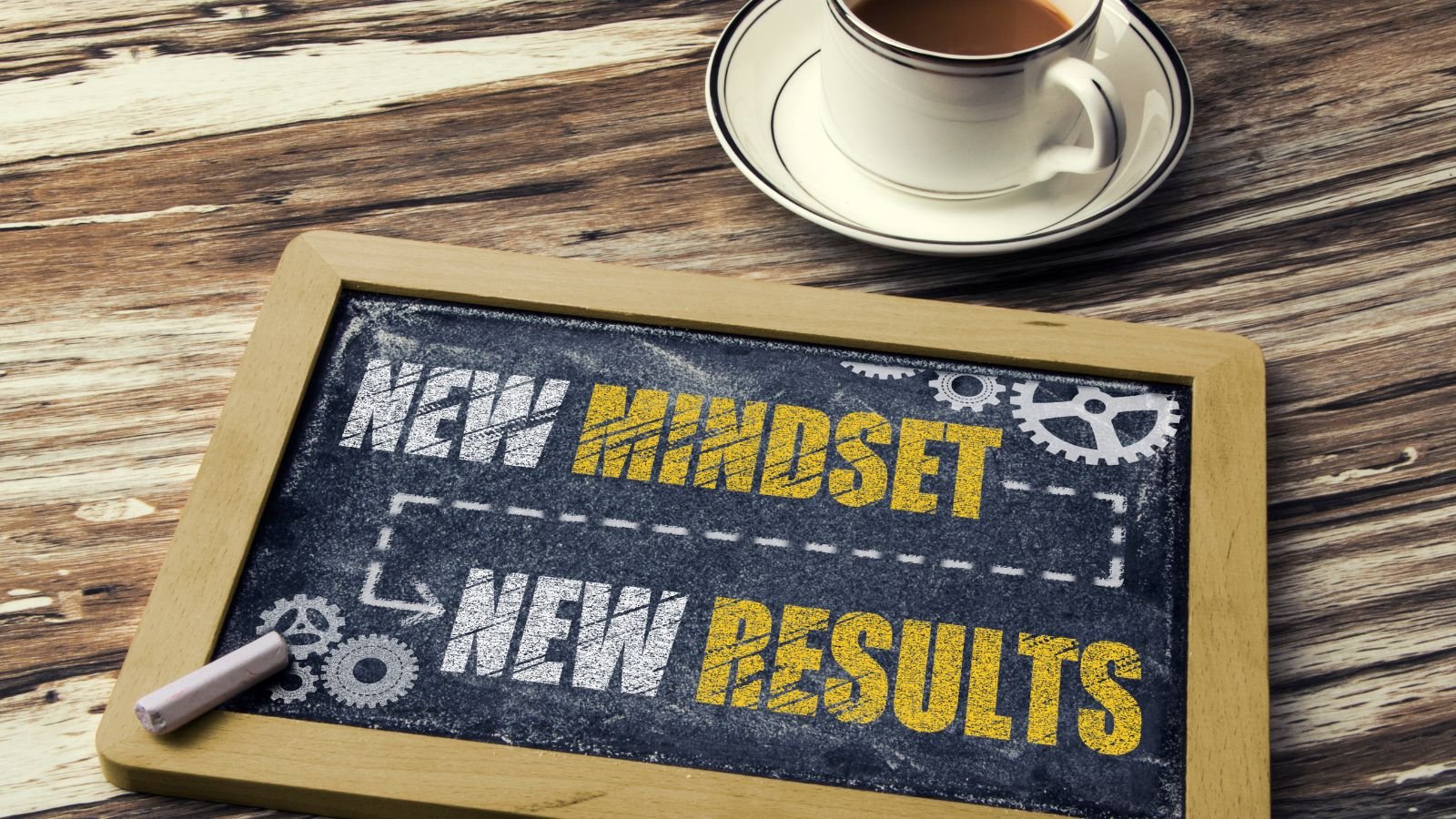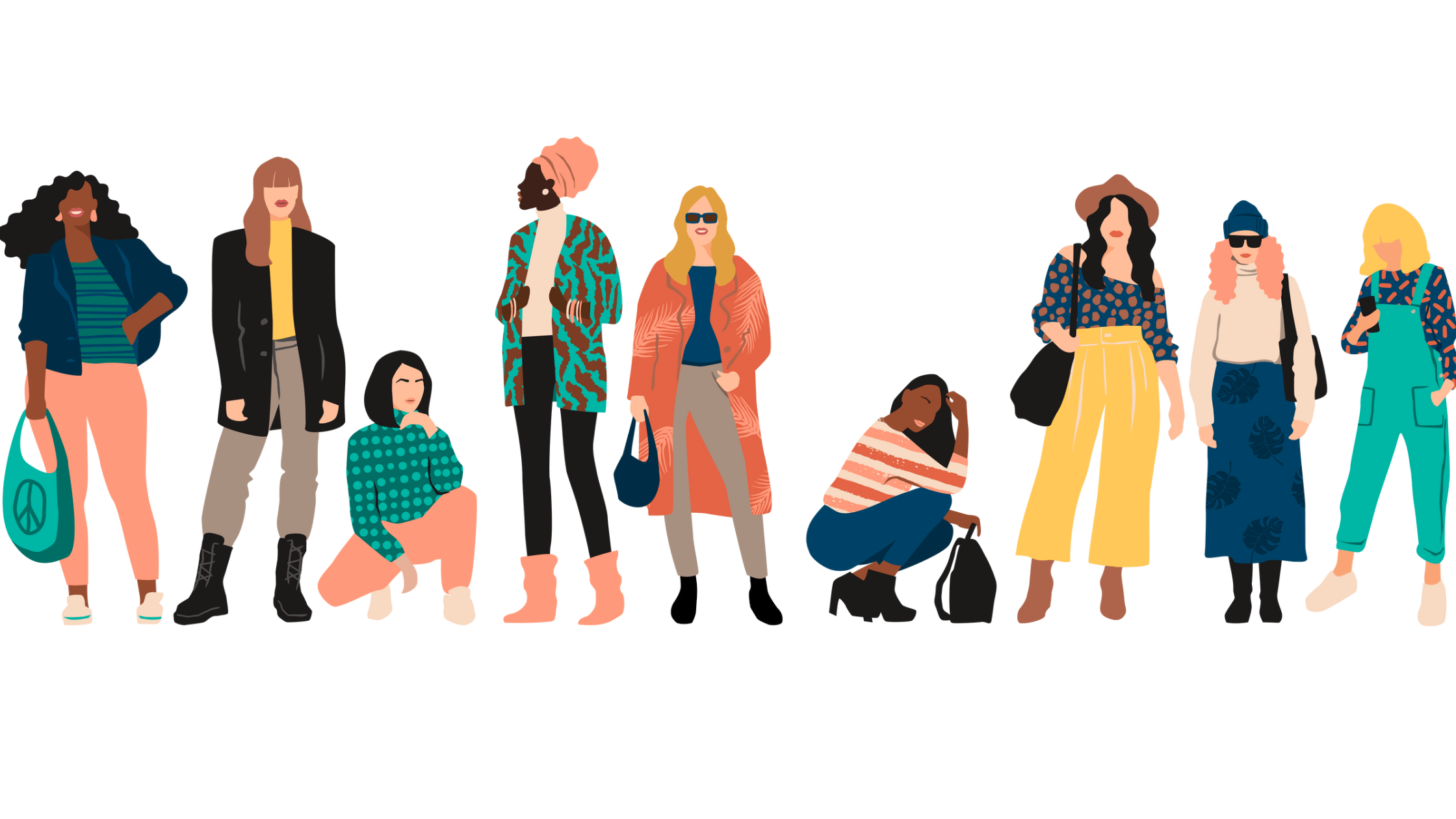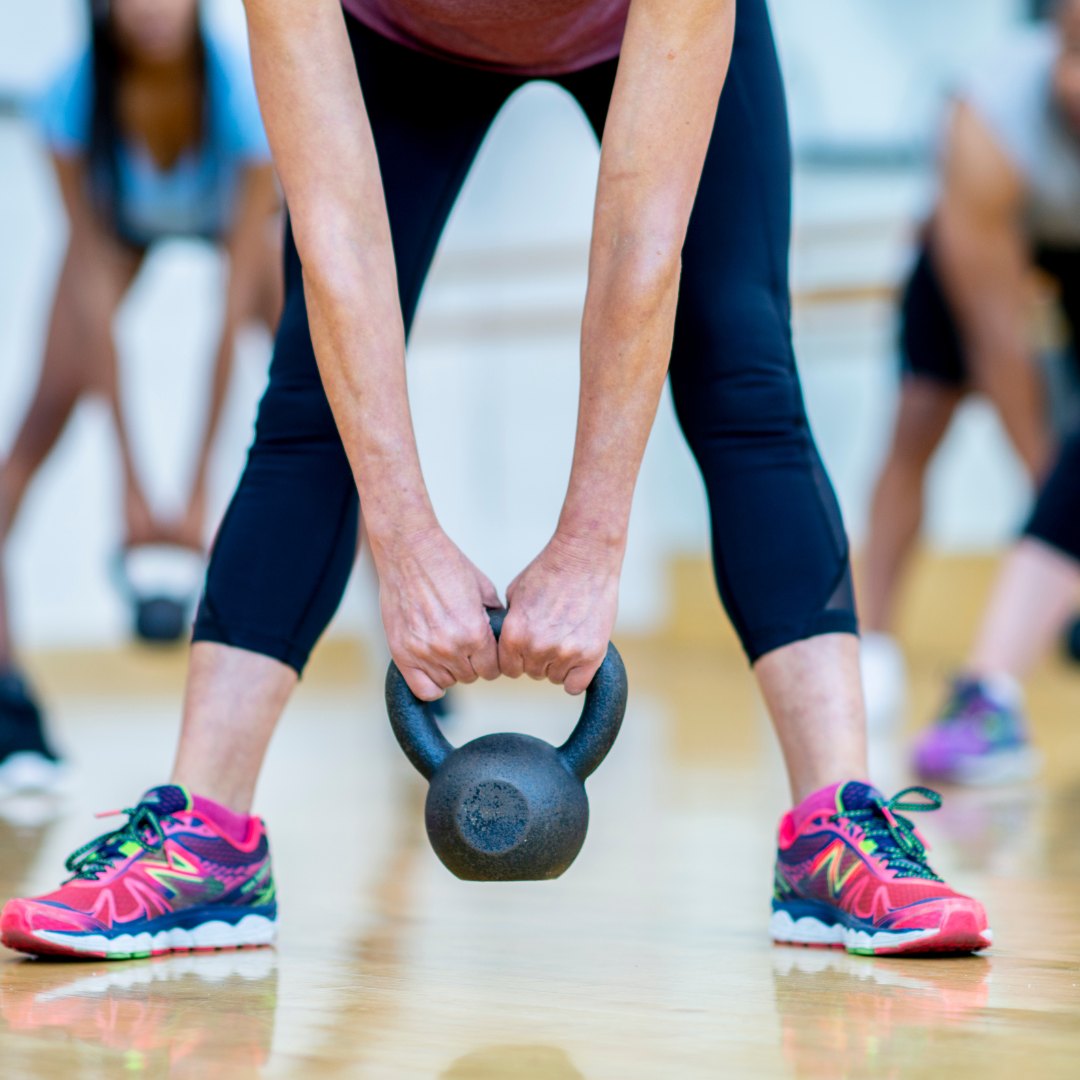Mindset Transformation: How to Break Free from Limiting Beliefs and Achieve Your Goals
Are you ready to transform your life? We all aspire to improve ourselves, whether eating healthier, building strength, improving sleep, or reducing stress. But let's face it, starting and sticking with these changes can be tough. So, what's the secret to shifting your mindset and achieving lasting transformation? Dive into the latest blog from Rumblings and discover the essential steps to break free from limiting beliefs, paving the way to finally conquer your goals for good!
The Power of Strength Training in Midlife: Defying Aging with Exercise
The journey through midlife and menopause is a unique and transformative period in a woman's life. It's a time of self-discovery, reflection, and change. It’s also a phase marked by significant physiological changes as women navigate through menopause and post-menopause.
While it comes with challenges, it's also an opportunity to take charge of one's health and well-being. It doesn’t have to be overshadowed by the negative aspects of aging.
Engaging in recreational activities and exercise can be a game-changer during this phase, enabling women to navigate the challenges of midlife and menopause with confidence, resilience, and improved mental and physical health. There are myriad benefits of strength training during midlife that can impact both body and mind by enabling women to take control of their health and enhance their overall well-being well into their later years.
Embracing the Unpredictable: Navigating Health Scares and Prioritizing Wellness in Midlife
Discover how to prioritize wellness and cope with health scares in midlife. Learn about preventable risk factors, maintain a healthy lifestyle, and understand health conditions like monoclonal gammopathy of undetermined significance (MGUS), a precursor to multiple myeloma.
Lasting Change Unleashed: Discover Essential Techniques to Overcome Challenges and Create a Supportive Environment
Unlock the secrets to lasting change and transformation in midlife. Discover essential techniques to overcome challenges, shift your identity, and create a supportive environment. Dive into this quick tutorial, where you'll learn the importance of a renewed vision, effective strategies to reduce friction, and how to make healthier choices easier. Embrace the steps to sustainable behavior change and unlock the path to a vibrant and fulfilling midlife journey.
Exploring Vietnam: Discoveries, Courage, and Heartfelt Conversations
Join us as we recount our transformative women’s trip to Vietnam, where we conquered fears, experienced genuine connections, and discovered the true essence of humanity. From embracing local culture to venturing off the beaten path, here are the valuable lessons we learned.
Women are Underrepresented in Research. Why Should You Care?
As a woman, you have unique health needs and experiences that can differ from those of men. If women are underrepresented in research studies, the results may not accurately reflect their health outcomes or address their health concerns. This could lead to inaccurate diagnoses, ineffective treatments, and missed opportunities for preventative care. We need equity and fairness in research funding. Research is critical for advancing our understanding of diseases, treatments, and health outcomes.
How to Build Resiliency in Midlife
We all face life events and unexpected challenges that impact our daily routines. Unfortunately, many people don’t have the resiliency skills to help them reset after a setback, life event, or trauma. The hope is that we can overcome the setbacks and realize our healthy lifestyle can support us through challenging times and help us handle hard situations with more energy and focus. Check out these tips to build resiliency skills to help you navigate ups and downs on your behavior change journey.
Recognizing Midlife Challenges: Ladies, you’re not alone!
Midlife women have shared with us the many challenges they face. Weight changes, changes in their physical body shape, loss of strength and balance, or changes in their metabolism.
They’ve shared feeling achy, having pain, and experiencing a lack of stamina or fatigue which interefered with achieving their exercise and fitness goals. Eating healthfully and getting adequate sleep were also on the list.
They also shared difficulties staying connected and engaged with friends (or the loss of friends) and family due to life transitions. The lack of connection was often described as feelings of loneliness.
Women also felt torn between managing grown children, aging parents, and not having enough personal time to care for themselves.
The good news is you are not alone! Read more to find out what you can do to flourish after 50!
Expert or Quack? Recognizing the real health, nutrition, exercise, and wellness experts
There is a proliferation of ‘experts’ on social media who claim to have a magic or singular approach for dieting, weight loss, quick fitness gains, and overall health. It’s challenging to tell the difference between an expert and someone only interested in selling something. How do you know what works and what is just the latest fad?
Here are tips to help you weed out the “wellness” imposters from your social media feed.
Midlife Transitions and Challenges: A Call for a Renewed Vision
You feel a “rumbling” inside yourself that your life should be different from what it is right now. You’re not alone. It’s common to experience an internal rumbling—a feeling something should be different or something needs to change. However, your old identity may be holding you back and sabotaging the future you. You may be stuck in old behaviors that are not aligned with who you are in midlife or who you want to be. It’s time to reimagine your midlife vision!
2022 Holiday Gift Guide for the Midlife Woman in Your Life
Rumblings Media is excited to support women-owned businesses with our second annual Rumblings Women's Gift Guide featuring unique items for any midlife woman in your life. This list was curated from recommendations from our Rumblings community, as well as from our personal experiences. We hope you’ll join us this holiday season and throughout the year in supporting and lifting up amazing and inspiring entrepreneurs, makers, and small businesses by shopping female-owned whenever possible!
The Health Condition Almost Everyone Has But No One is Talking About
Only 6.8 percent of Americans had optimal metabolic health. That means 93% of Americans are metabolically unhealthy, and the rest are at risk for developing almost every chronic condition. More importantly, most people don’t even know they’re at risk. The good news is most of your metabolic health is within your control with simple dietary, exercise, and lifestyle changes.
It’s never too late to start.
Tips for Better Sleep
We all want to feel well rested and alert after a night’s sleep to face a day with joy and optimism, but few people realize that a poor night’s sleep is detrimental to our long-term mental and physical health.
Is intermittent fasting the key to aging well for midlife women?
You may have heard the buzz that intermittent fasting can help you lose weight easily and live longer. At the same time, you may also be questioning the validity of fasting for aging well and whether to try fasting yourself. We did a deep dive into the literature to help you decide whether intermittent fasting is for you.
Eleven Reasons Strength Training in Midlife Improves Health
Strength training is one of the cornerstone things women can do to improve their healthspan to live vibrantly and energetically for as long as possible. As we age, the body declines first, then disease begins. The best way to offset illness is to prevent the body from deteriorating. And the best way to do that is to maintain muscle mass.
Ditch Fad Diets: Become a Conscious and Intentional Eater in Midlife
Midlife weight gain is one of your biggest challenges, yet you don’t want to jump on another diet fad only to be disappointed again. So what do you do? Start with mindful and intuitive eating strategies to develop an awareness of the relationship between what and how much you eat and your body, feelings, mind, and their interconnectedness. It’s hard to focus on what to eat to live well and flourish unless you can first eat in a way that brings you joy, fills you up, and frees you from the black-and-white diet culture.
Our Tip to Banish the Midlife Blues
Feeling blue in midlife is common. It’s a time of a lot of change in an uncertain world. Creating a list of our accomplishments and successes over the last two years helped us feel grateful, content, and ok. Making this list, reflecting on it, celebrating change, and being grateful, helped us feel better. It served as a reminder that even when things happening in the world around us seems bleak, it’s possible to experience joy.
Why Physical Activity is Important as We Age
Physical Activity is one of the most important things we can do for our overall health. Research shows middle-aged and older adults spend an average of 8.5 to 10.5 hours a day sedentary. Use these easy tips to get more physical activity throughout the day.
What Women Can Do to Care for Heart Health After 50
After menopause women's heart disease risk increases. Yet, only 56 percent of women identify it as the greatest health problem facing them today. Learn key ways to take care of your heart after 50 from preventive cardiologist, Courtney Jordan Baechler.
5 Ways to Embrace the Senior Discount
There is no category for midlife between young adults and seniors. Although AARP membership is open to adults 50 years or older and stores senior discounts often begin at 55, midlife women don’t think or feel like senior citizens. Plus, businesses and organizations aren’t effectively talking to midlife women in advertising, marketing campaigns, and customer service initiatives in a way that matches how we feel. This can take a toll on how we think about ourselves as we age. Read more on how to reset your mindset in midlife to age well, and embrace the senior discount!
Don’t miss a blog post - sign up for the Rumblings emails to receive posts delivered straight to you email inbox!




















